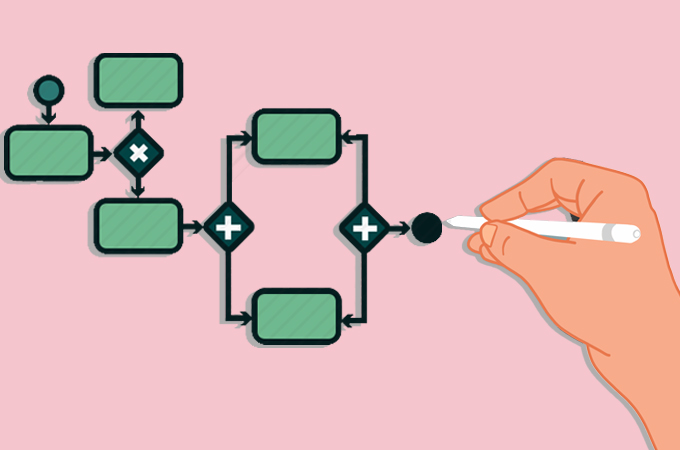As technology continues to evolve and businesses increasingly rely on digital marketing and customer service strategies, it is essential to understand how content is consumed by your customers in 2023. Mapping your customers’ content journey can provide valuable insights that can be used to maximize sales and create a powerful customer experience.
Here are a few key steps in a customer’s content journey that businesses should consider when mapping out their strategy for 2023:
Awareness: At this stage, customers are just starting to become aware of a problem or need that they have. They may be researching different options and considering what products or services might be able to help them.
Consideration: Once customers have identified their problem or need, they will start considering potential solutions. They may be comparing different products or services and looking for information to help them make a decision.
Decision: At this point, customers have narrowed down their options and are ready to make a purchase. They may be looking for additional information or support to help them finalize their decision.
Purchase: After making a decision, customers will proceed to the purchase stage. This is where they will actually complete the purchase and become a customer.
Retention: After the purchase, it’s important to keep customers engaged and ensure that they are satisfied with their purchase. This can help to increase customer loyalty and encourage repeat business.
Assessing and revising the content created by your customers, such as customer reviews, testimonials, or user-generated content, can be a powerful way to improve your marketing performance and sales.
One way to assess your customer-generated content is by monitoring and analyzing it. This might involve using tools like sentiment analysis software to gauge the overall sentiment of your customer reviews, or tracking engagement metrics like likes, shares, and comments on user-generated content. By understanding what customers are saying about your products or services, you can identify areas where you’re excelling and areas where you need to improve.
Once you have a good understanding of the current state of your customer-generated content, you can then make revisions to improve it. Here are some specific ways you might do this:
Moderation: Review and moderate customer-generated content to ensure that it is appropriate and in line with your brand guidelines. This can help to maintain a positive image for your brand and prevent any negative or offensive content from damaging your reputation.
Curation: Highlight and promote the best customer-generated content on your website, social media, and other marketing channels. This can help to build trust and credibility for your brand by showcasing real customer experiences and endorsements.
Responding: Respond to customer feedback and comments in a timely and professional manner. This can help to build relationships with customers and show that you value their input.
Encourage customers to generate content: Incentivizing customers to generate content, for example offering discounts for reviews, can help to increase the amount and quality of customer-generated content.
Use UGC in your marketing campaigns: Use customer-generated content in your marketing campaigns. This could include featuring customer reviews in your email marketing, or using user-generated photos or videos in your social media ads.
Overall, by regularly assessing and revising the customer-generated content you have, you can use that as a valuable asset for your marketing campaigns and improve your sales.
By mapping out the customer journey and identifying key touchpoints at each stage, businesses can create targeted content and marketing efforts to help guide customers towards a purchase. This can help to increase sales and drive business growth in 2022 and beyond.
